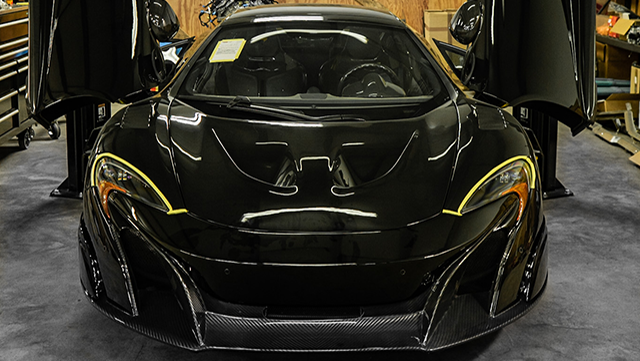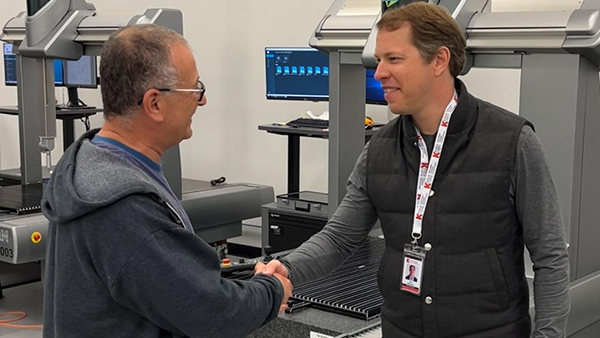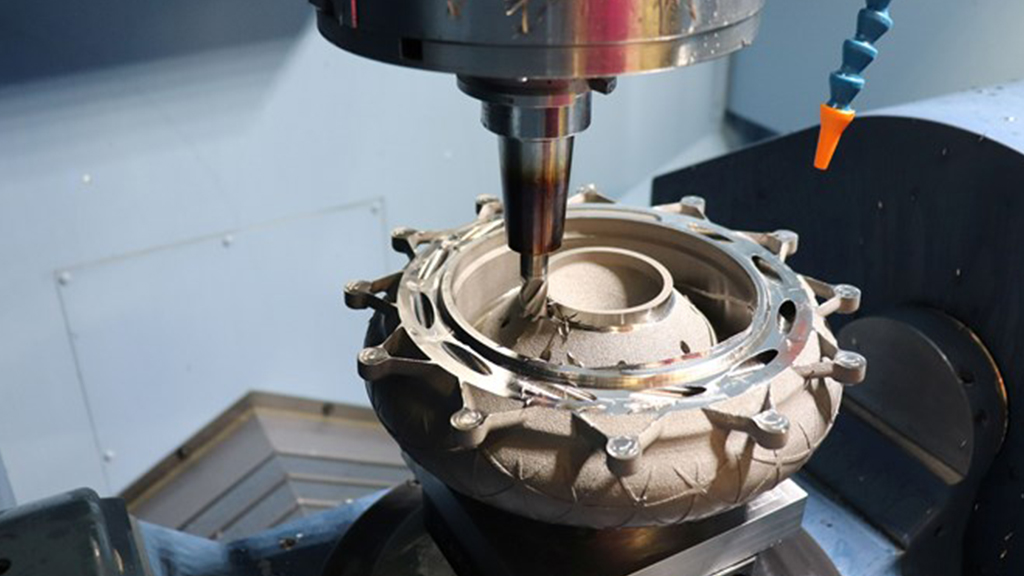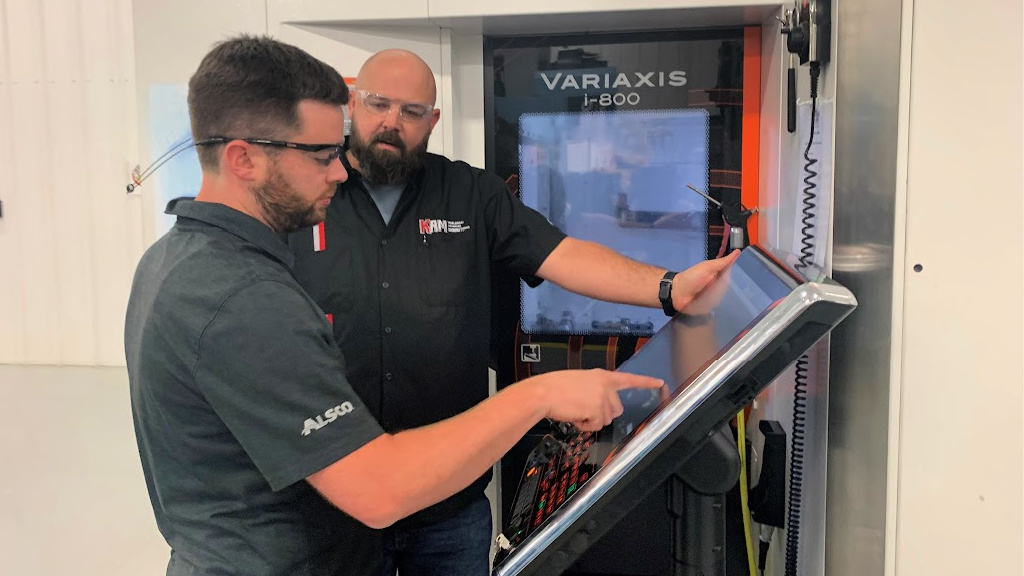Because many of the projects KAM undertakes can’t be spoken about publicly for reasons of confidentiality, it’s sometimes difficult to highlight some of the most amazing work the company is doing.
Today, however, we have a welcome and illuminating exception. It involves one of the world’s finest supercars, and a demanding client’s vision that accompanied it: Making it even faster.
IN THE BEGINNING
The project began when KAM was approached by Safa Yousef and his partners at ACME High Performance Laboratories. Yousef is a self-described guru of McLarens, and specializes in “pushing every limit and boundary that we can find” for clients who want the most spectacular supercars they can drive.
In 2019, Yousef and his team analyzed a McLaren 2014 MP4-12C, and found inefficiencies in the powertrain that they believed they could improve upon. They developed their own new powertrain designs, but they encountered some unique challenges. While the motor and transmission for the vehicle were going to stay in place, many other elements—the intercoolers, the intake manifold, and so on—needed to be reshaped fairly dramatically.
But how? Shaping each of the individual parts by hand would be painstaking, impractical and expensive, and provided no guarantee that the finished products would even be capable of withstanding the harsh conditions of a working supercar.
It was then that someone suggested that Yousef contact KAM.
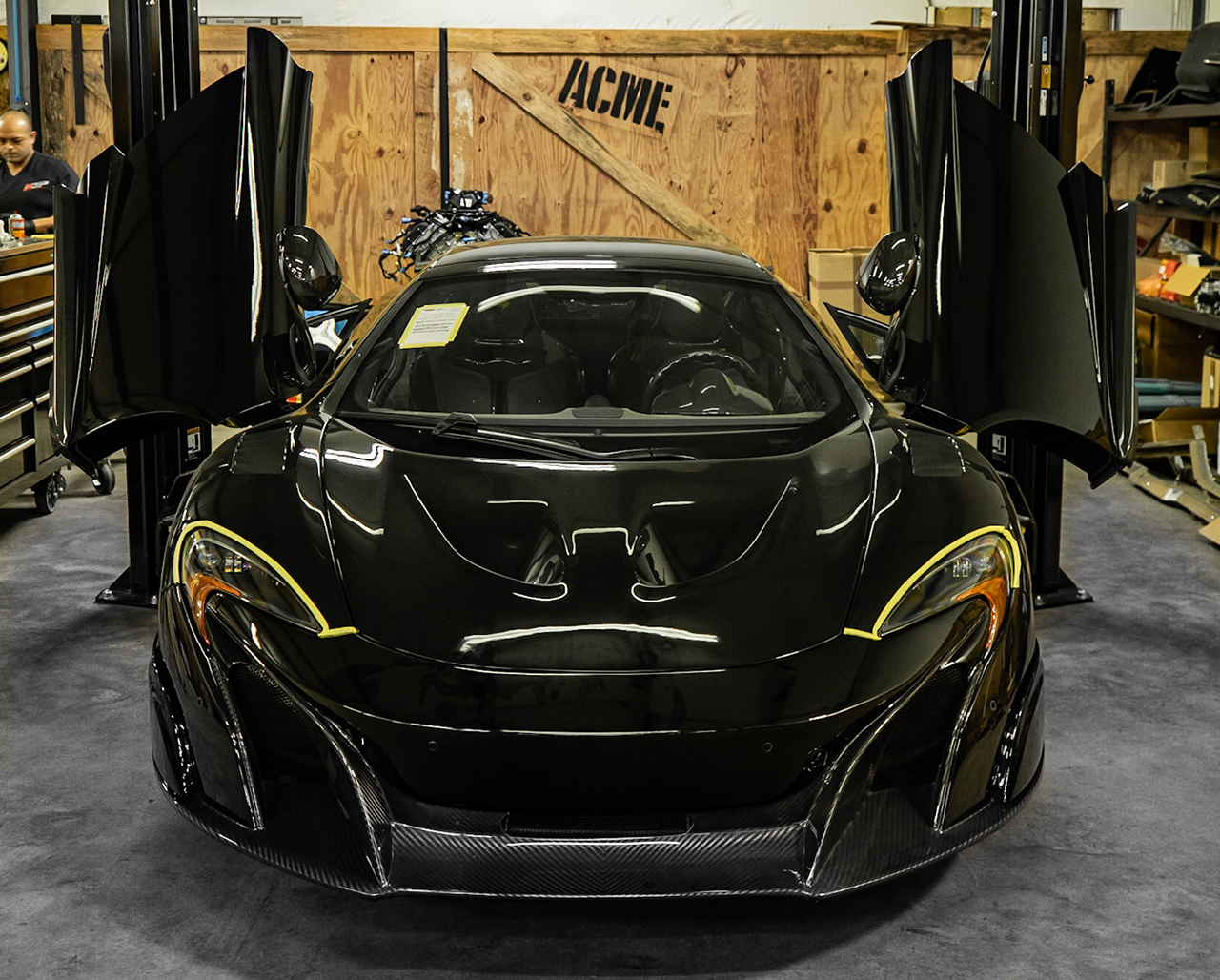
The McLaren 2014 MP4-12C
AN EYE-OPENING EXPERIENCE
Using additive manufacturing to print parts wasn’t an option that Yousef had really considered, much less completely understood. But it turned out to be an ideal solution in a number of ways because of KAM’s wide-ranging, complementary capabilities.
Yousef and the KAM design team began by re-evaluating his designs over a handful of meetings, making tweaks to ensure that the final CAD designs were ideal for 3D printing. They selected Inconel 625 and Aluminum 6061 as the metals to be used for printing, and analyzed the metal powders using KAM’s in-house lab prior to printing to make sure they met the required specifications.
Then, KAM additively printed the parts. For Yousef, the results were astonishing.
“We were able to create these super complex shapes and pieces into actual solid parts,” he explained. “They’ll perform the way we need them to perform. The exterior shape that we needed to achieve was possible with 3D printing, but we could also optimize the interior shape, so the inside shape can be completely different than the outside shape. So that was also another great advantage of the 3D printing. Complexities are absolutely free.”
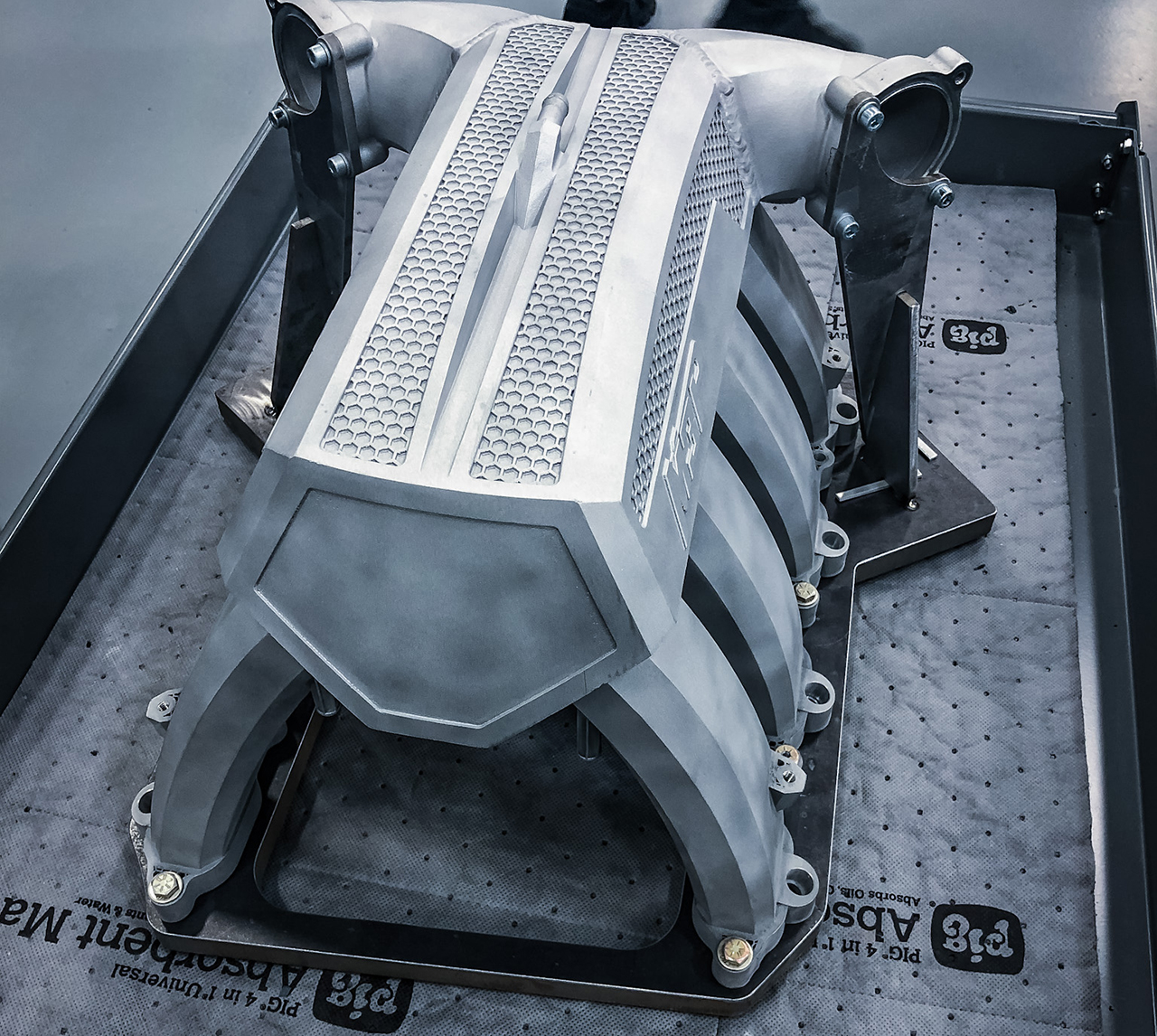
3D Printed Intake Manifold for the McLaren Supercar.
Once printing was complete, things weren’t finished. Printed parts were analyzed using KAM’s on-site CT scanning machines to make certain that they came out perfectly. Then, some of the parts with very tight tolerances were machined using KAM’s 3-7 axis Mazak CNC machines.
“We have some critical surfaces like mating surfaces that have to be set up in a CNC,” said Yousef. “There are areas that require a little bit of post-processing and handling in the CNC side. KAM was able to accommodate that because they have everything in house. Nothing really had to leave for anything.”
KAM’s ability to handle every aspect of the McLaren project was a tremendous benefit.
“Even if you just want to go into KAM with just an idea for a part design,” Yousef said. “They can take it from a sketch off of a napkin and go to full-blown finished production, a final produced part. And that’s what’s great about working with these guys.”
MIND-BLOWING RESULTS
How did the completed parts work when they were subjected to the brutal environment of a speed-shattering McLaren? Better than Yousef’s wildest expectations.
“It’s just a complete overhaul and revamp of the entire powertrain.”
Future months will include additional testing of the McLaren parts in the field, including road courses and standing mile and two-mile testing at the Kennedy Space Center.
For Yousef, however, these tests will only confirm what he knows to be true: that his parts turned out perfectly, and that experience of working with KAM did, too.
“They will make you as comfortable as possible with any solution that you’re looking for,” he said. “They’re very warm, and are happy to answer any questions and bring you up to speed on the technology. They’ll give you the pros and cons of each strategy, whether it’s additive or subtractive. I encourage people to reach out to them. They’re an easy group to talk to.”



